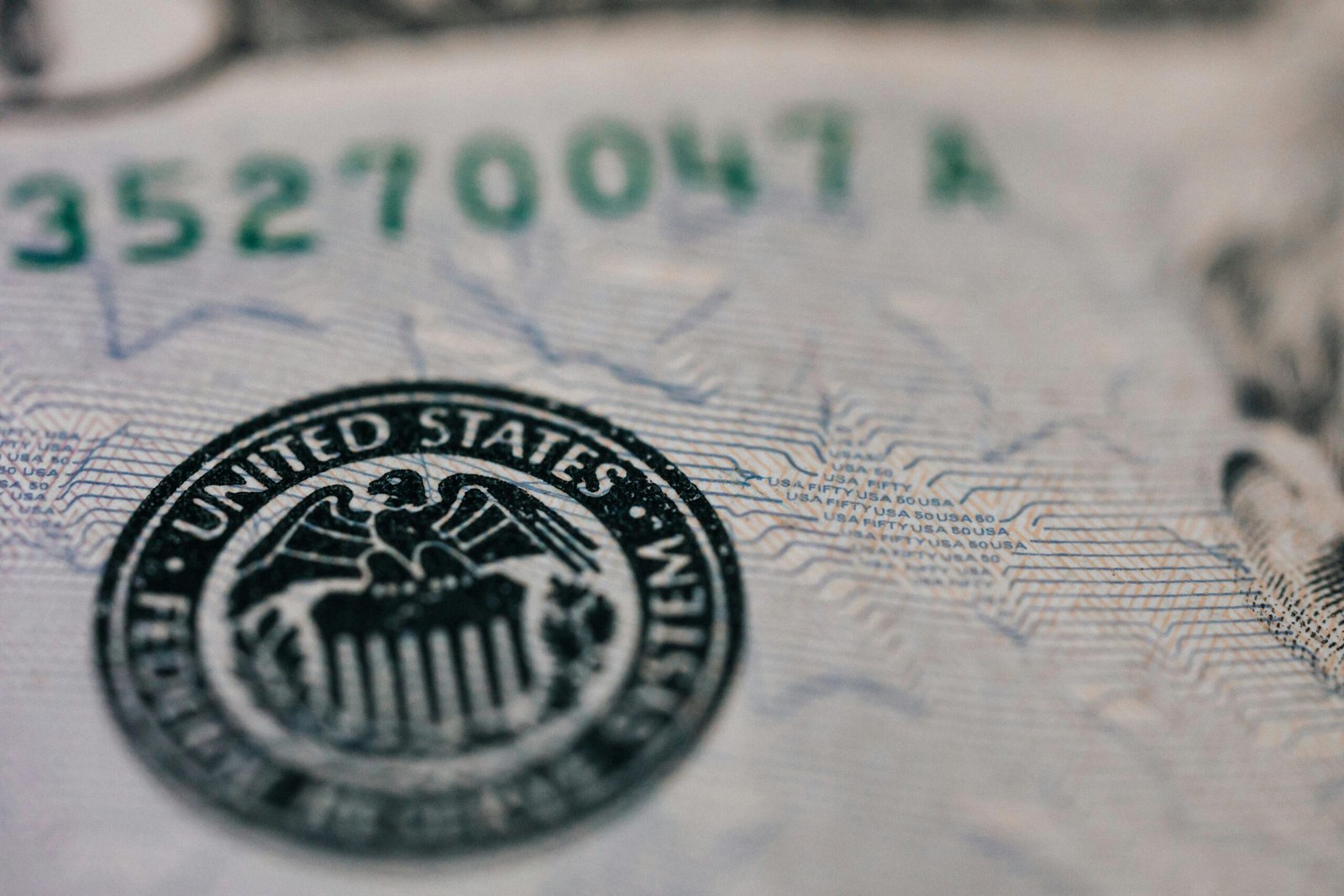
War and money have been inextricably linked throughout history. Wars require vast financial resources, and the methods used to finance them have had profound economic consequences. This article explores the complex relationship between war and money.
Funding Wars: Historical Methods
Historically, wars have been funded through various means:
Spoils of War: Plunder and Conquest
In ancient times, conquering territories and seizing their wealth was a primary way to finance wars.
Taxation: Levying Taxes on Citizens
Governments have long used taxation to raise funds for military expenditures.
Borrowing: Issuing Bonds and Loans
Governments often borrow money from citizens and other nations to finance wars, issuing bonds as a form of debt.
Debasement of Currency: Reducing Precious Metal Content
Historically, rulers would reduce the amount of precious metals in coins, effectively creating more money but also leading to inflation.
The Economic Costs of War
The economic costs of war are substantial:
Direct Costs: Military Spending, Equipment, and Personnel
These include the direct expenses of military operations, such as weapons, ammunition, and salaries for soldiers.
Indirect Costs: Loss of Productivity, Infrastructure Damage, and Human Capital
These costs are less obvious but can be even more significant, including lost economic output due to deaths, injuries, and displacement, as well as damage to infrastructure.
Opportunity Costs: Resources Diverted from Other Sectors
Money spent on war could have been used for education, healthcare, infrastructure, or other productive investments.
War and Inflation
War often leads to inflation:
Increased Demand and Shortages: Driving Up Prices
War creates increased demand for resources and can disrupt production, leading to shortages and higher prices.
Printing Money to Finance War: Leading to Hyperinflation
If governments resort to printing excessive amounts of money to finance war, it can lead to hyperinflation.
Disruption of Supply Chains: Contributing to Cost-Push Inflation
War can disrupt supply chains, leading to higher costs for businesses, which are then passed on to consumers in the form of higher prices.
War and National Debt
Wars are often financed through borrowing, leading to increased national debt:
Borrowing to Finance Wars: Accumulating Debt
Governments issue bonds and take out loans to pay for war expenses.
Long-Term Economic Consequences of High Debt Levels
High national debt can lead to higher interest rates, reduced investment in other sectors, and economic instability.
War and Economic Disruption
War can cause widespread economic disruption:
Trade Disruptions and Sanctions: Impacting Global Commerce
Wars often disrupt trade routes and lead to the imposition of sanctions, impacting global commerce.
Displacement of Populations: Creating Economic and Social Challenges
War can force people to flee their homes, creating economic and social challenges for both the displaced populations and the host countries.
Destruction of Infrastructure: Hindering Economic Recovery
The destruction of infrastructure, such as roads, bridges, and factories, can severely hinder economic recovery after a war.
The Economic Impact of Specific Wars (Brief Examples)
World War I: Reshaping the Global Economic Order
WWI significantly altered the global economic landscape, leading to the decline of European powers and the rise of the United States.
World War II: Stimulating Economic Growth in Some Nations
WWII stimulated industrial production in some countries, particularly the United States, helping to end the Great Depression.
The Military-Industrial Complex
The Relationship Between Military Spending and Industry
The military-industrial complex refers to the close relationship between the military and the industries that supply it with weapons and other equipment.
Economic and Political Implications
This relationship can have significant economic and political implications, including influencing government policy and resource allocation.
Conclusion
The relationship between war and money is complex and multifaceted. Wars have profound economic consequences, affecting everything from inflation and national debt to trade and economic growth. Understanding this relationship is crucial for understanding history and current events.
Frequently Asked Questions (FAQ)
How does war affect currency exchange rates?
War can cause significant fluctuations in currency exchange rates due to economic uncertainty and changes in investor confidence.
Can war ever be economically beneficial?
While war can sometimes stimulate certain sectors of the economy in the short term, the long-term economic costs are almost always significant.
How does war affect global trade?
War disrupts trade routes, imposes trade restrictions, and creates economic uncertainty, all of which negatively impact global trade.
What is the impact of sanctions on a country’s economy?
Sanctions can severely restrict a country’s trade and financial transactions, leading to economic hardship.
How can the economic impact of war be mitigated?
Preventing wars in the first place is the most effective way to mitigate their economic impact. International cooperation and diplomacy are crucial in this regard. Post-conflict economic recovery efforts are also essential.
